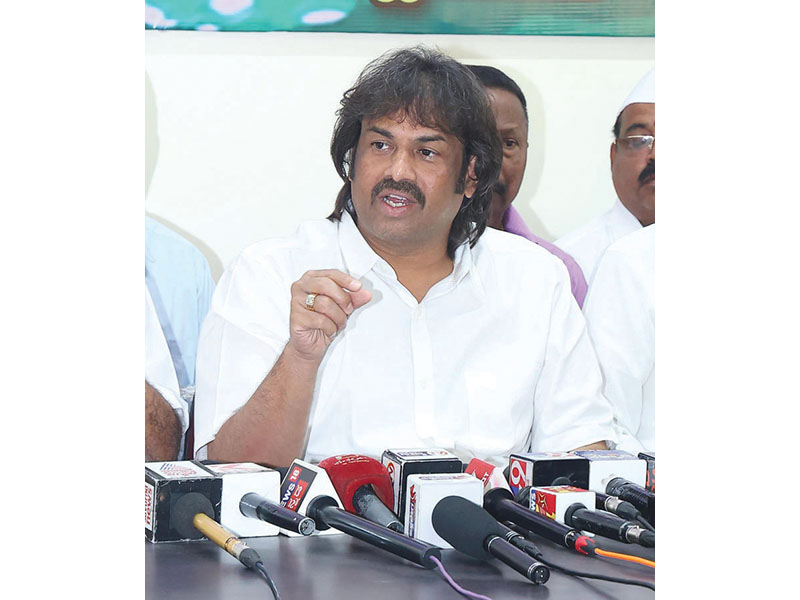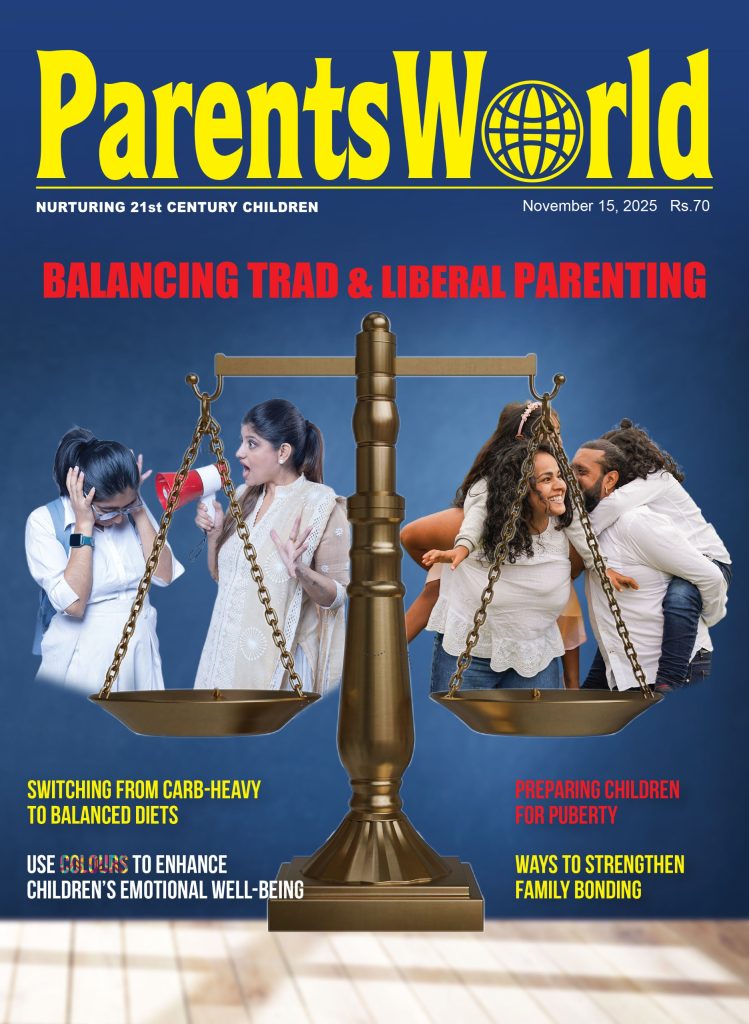Karnataka: Level down directive
– Reshma Ravishanker (Bengaluru)

Even as an intense sub rosa internecine war is being waged between chief minister Siddaramaiah and his deputy D.K. Shiva Kumar for the chief minister’s office, the state’s Congress government is under fire from business and industry leaders over the city’s worsening civic woes — pothole-ridden roads, crippling traffic congestion, mounting administrative inefficiency and corruption. To this add a new problem: the state government is also under fire from academics for lowering the minimum pass marks in class X and XII school-leaving state board examinations. On October 15, the government issued a GO (government order) reducing the minimum average pass marks required to clear the class X SSLC (Secondary School Leaving Certificate) exam from 35 to 33 percent. Simultaneously, pass average for II PUC (Pre-University Class i.e, class XII) has been reduced from 35 to 30 percent.
The trigger for this GO — the draft of which was published in June for public feedback and comment — is the consistently small number of students of the state passing the class X exam, the lowest in peninsular India. In 2024-25, only 62.34 percent of students who wrote the state board’s class X exam were declared passed cf. Tamil Nadu’s 93.8 percent, Telangana’s 92.78 percent and Kerala’s 99.5 percent. Likewise, 93.66 percent who wrote the CBSE exam passed and 99.09 percent the CISCE board’s class X ICSE exam.
The Congress government contends that the SSLC exam of the Karnataka School Examination and Assessment Board (KSEAB) is more rigorous than in other states and the GO was necessary to “create a level playing field” for Karnataka’s children.
According to sources in the education department, “stringent evaluation and examination conduct have depressed pass rates, disadvantaging SSLC students in accessing higher and skill education opportunities”. “We want to increase the number of students clearing class X and also introduce a uniform assessment system aligned with CBSE and other boards. The new rule (GO) will apply to regular, repeat and private students writing SSLC and II PUC examinations for the academic year 2025-26,” said the state’s education minister Madhu Bangarappa, addressing the media on October 15.
Although ex-facie the state’s GO seems to be a level-down directive, D. Shashi Kumar, general secretary, Associated Management of Primary and Secondary Schools in Karnataka (KAMS), which has 2,095 member schools statewide, says that the directive has “leveled the playing field for Karnataka state board students”. “We welcome this historic decision. Both CBSE and CISCE have stipulated 33 percent as pass marks in their class X exams. Now, our students will be able to compete with them on a level playing field. More important, with the number of students clearing class X bound to increase, a larger number of our students will be able to access higher and skills education,” he says.
While KAMS has welcomed the GO, several other school associations have criticised it as a populist short-sighted measure that will undermine learning and academic standards in the state’s 56,157 schools affiliated with the KSEAB.
Comments Lokesh T, president of Karnataka Registered Unaided Private Schools Association: “Lower pass marks will depress education standards and learning outcomes of students. Moreover, it’s not just about reducing pass marks, the government has also changed the evaluation pattern by allowing 25 out of the 33 marks to be allotted by way of internal assessment of schools. So students need to secure only 13 marks in the board exam to pass. Education standards will suffer hugely and students will be ill-prepared for higher education. The number of students dropping out of college will increase exponentially.”
The viewpoint is endorsed by the opposition BJP leader Basavaraj Horatti, who has written to the state government to withdraw the GO and restore 35 percent as the minimum pass mark. In his letter, he implored the state government to strengthen infrastructure, fill teacher vacancies, and improve classroom quality rather than lower the evaluation bar. But Horatti’s advice is likely to fall on deaf ears, as this issue requires deep systemic reforms rather than quick fixes.

















Add comment